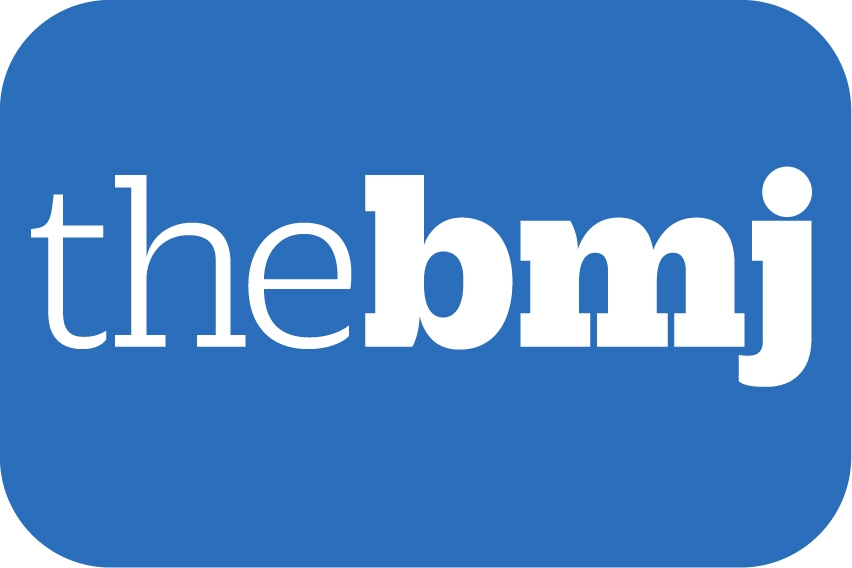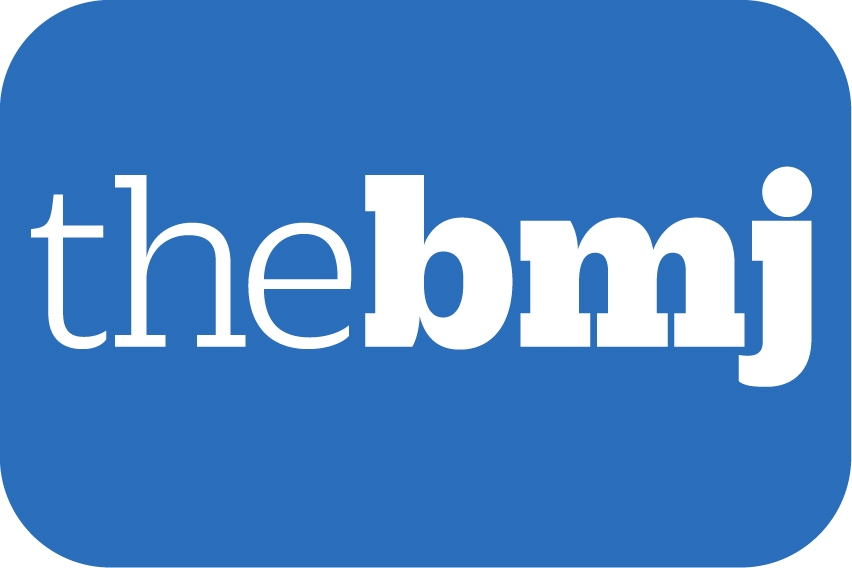内容精选
Content Selection
《英国医学杂志》主编推荐
The BMJ Editor's Choice
-

-
Food, farming, and flu
时间:2015-11-04
发布:David Payne, Digital Editor, thebmj.com
分享:
As we in the northern hemisphere embrace Keats’s “season of mists and mellow fruitfulness,” gather in the harvest, and reach for the central heating controls, there have been renewed calls for pandemic flu trials in hospitals, owing to the disputed effectiveness of neuraminidase inhibitors.
Earlier this month a report by the Wellcome Trust and Academy of Medical Sciences considered possible future treatments and research priorities (doi:10.1136/bmj.h5390). It drew on recent reviews of the evidence for the use of these drugs to treat and prevent flu.
But have we missed the boat? This week Carl Heneghan and Ben Goldacre (doi:10.1136/bmj.h5635) remind us that because oseltamivir and zanamivir are effectively at the end of their patents, trials will have to be publicly funded, forcing clinicians to rely instead on “often woeful” observational data.
What can we learn from the recent Ebola outbreak? There, trials also happened too late but resulted in clear frameworks and protocols for a future emergency. The Wellcome Trust’s director, Jeremy Farrar, who sat on the flu report’s steering group, said, “The research protocols and infrastructure need to be put in place now—in ‘peace time’—so we can start collecting new evidence immediately at the start of a new epidemic or pandemic.”
On the subject of evidence, Public Health England’s review of sugar reduction strategies has finally been published (doi:10.1136/bmj.h5675). It said that a sugar tax should be considered but that it would be less effective than other measures.
But will campaigners for a sugar tax face a new setback as a result of planned changes to Europe’s common agricultural policy? Emilie Aguirre and colleagues argue (doi:10.1136/bmj.h5085) that the policy, launched in 1962 as the continent emerged from postwar food shortages, has not kept pace with our understanding of nutrition and health.
They warn that scrapping price controls and quotas after 2017 will force Europe’s sugar industry to boost production so that it can remain profitable.
Flooding the market with high fructose corn syrup will lead to reformulation of cheaper processed foods and contribute to widening health inequalities in the process. To find out more about high fructose corn syrup, see this week’s “60 seconds on” article (doi:10.1136/bmj.h5693).
The European Union is also criticised in a Personal View about changes to continuing professional development (doi:10.1136/bmj.h5229). Janet Grant and Thomas Zilling are concerned that a recent update to the directive on the recognition of professional qualifications is a tickbox exercise with too much focus on mandatory collection of credits. This will not identify poorly performing doctors or protect patients, they claim.
Attendance at the BMJ Live careers fair in London last week does of course qualify as continuing professional development. The two day event featured an “innovation in practice session,” where winners of The BMJ Awards 2015 talked about their projects. This week we launch the 2016 awards (doi:10.1136.bmj.h5665). There are 12 categories. The deadline for entries is 22 January, and the ceremony takes place on 5 May in London.
Meanwhile BMJ’s South Asia Awards took place on 30 October in Mumbai. We will have details about the event next week.
We wish all entrants the very best of luck.
BMJ 2015; 351 doi: http://dx.doi.org/10.1136/bmj.h5768 (Published 29 October 2015)
Cite this as: BMJ 2015;351:h5768 -

-
Put patients first and give the money back
时间:2015-10-14
发布:Fiona Godlee, Editor in Chief, The BMJ
分享:
John Townsend wants to say thank you before he dies. “All this bullshit about the NHS being rubbish is not true,” he writes this week (doi:10.1136/bmj.h4706). “I’ve been treated so wonderfully that you wouldn’t believe it.” Although his cancer returned, his satisfaction with the promptness of his care suggests that his GP used the fast track referral pathway for suspected cancer. And we now have evidence that this pathway works. Henrik Møller and colleagues found better outcomes among patients whose doctors made more use of fast track referral (doi:10.1136/bmj.h5102). On this basis, failing to fast track patients with suspected cancer looks like poor practice.
How then would secondary care services cope if all GPs made full use of fast track referral, especially at the new lower referral thresholds recommended by NICE in its recent guidance (doi:10.1136/bmj.h3044)? Given the dire financial forecast for England’s NHS (doi:10.1136/bmj.h5430), few can doubt that more money is urgently needed. Without it, care of patients will suffer, and the current crisis could be used to erode the public’s faith in an NHS that is free at the point of care. But what of the longer term? Shouldn’t healthcare learn to live within its means?
This was Don Berwick’s theme at the joint BMJ and Institute for Healthcare Improvement’s Asia Quality Forum last month (http://internationalforumasia.bmj.com). More money spent on healthcare means less money for other things that societies need to flourish: welfare, education, art, culture, sport, the environment. David Taylor-Robinson and colleagues press this point in their editorial on the effects on children’s development of welfare cuts (doi:10.1136/bmj.h5330). There must be a point, said Berwick, at which healthcare cost, as a proportion of gross domestic product, levels off and even contracts. His mantra is “put patients first and give the money back.” The “triple aim” created by Berwick and colleagues at the Institute for Healthcare Improvement is for better care, improved population health, and lower cost.
One key to lowering costs (as well as reducing harms) is to do less of what doesn’t work. The list of questionable or low value interventions is already long, thanks to various initiatives around the world: Choosing Wisely, Prudent Healthcare, and “slow medicine.” This week we highlight two more interventions for the list: screening healthy people for coronary heart disease with coronary computed tomography (doi:10.1136/bmj.h4926) and treating subclinical hypothyroidism in pregnancy (doi:10.1136/bmj.h4726).
As for improving population health, there can be nothing more important, after tobacco control, than tackling the public health catastrophe caused by the adoption worldwide of rich countries’ diet. The global prevalence of obesity and overweight is rising sharply, concluded the World Obesity Federation last week (www.theguardian.com/society/2015/oct/09/obesitys-global-spread-un-goals-diet-related-diseases-fail), largely as a result of consumption of sugary soft drinks and snacks aggressively promoted by multinational companies. What will governments do about this? In the UK a report commissioned from Public Health England is sitting on Jeremy Hunt’s desk. Sarah Wollaston, chair of the health select committee, says she needs to see it (doi:10.1136/bmj.h5469). So do we all. PHE’s chairman, Duncan Selbie, should assert his independence from government and release the report.
BMJ 2015; 351 doi: http://dx.doi.org/10.1136/bmj.h5489 (Published 14 October 2015)
Cite this as: BMJ 2015;351:h5489 -

-
Loosening the grip
时间:2015-10-08
发布:Kamran Abbasi, Deputy Editor, The BMJ
分享:
When cautious, evidence informed writers such as Christiane Muth and Paul Glasziou describe a research paper as “pioneering work,” it is sensible to pay attention (doi:10.1136/bmj.h5145). The world’s health systems are besieged by ageing populations and multimorbidity. We struggle to find effective and affordable solutions. Research evidence, in its artificial bubble, may be limited by the age range of the study population and generally focuses on single therapies. The reality of medical care is different: older patients with complex chronic diseases, taking many drugs. Our evidence base and guidelines, the tools of best practice, tend not to cater for the messiness of clinical problems.
Applying several guidelines to patients with multimorbidity carries risks, explain Muth and Glasziou. Are the treatment effects equivalent to those seen in patients with a single disease? Might we precipitate potentially harmful interactions? Multiple guidelines mean multiple treatments, surely placing an undue burden on patients? To answer the question of effectiveness, Mary Tinetti and colleagues (doi:10.1136/bmj.h4984) studied three year survival in a group of older patients with multimorbidity taking nine cardiovascular drugs recommended by guidelines. Although there is some variation, the researchers conclude that average associations for survival are broadly similar to those reported in randomised controlled trials of patients with single diseases. Yet this finding does not mean that clinicians and patients must subject themselves blindly to the tyranny of guidelines. When it comes to avoiding harmful interactions and reducing the treatment burden on patients, Muth and Glasziou warn that a patient’s circumstances, preferences, and treatment goals must be considered.
The tyranny of regulation is just as much a problem. England’s Care Quality Commission is concerned about Addenbrooke’s Hospital in Cambridge, designating it as being under “special measures.” Keith McNeil, the hospital’s chief executive, resigned last month before the CQC’s inspection report was published (doi:10.1136/bmj.h5066). Is Addenbrooke’s, once celebrated as a flagship hospital, as big a failure as is being painted (doi:10.1136/bmj.h5278)? McNeil believes that a misunderstanding was at the core of the CQC inspection. He presented Addenbrooke’s as an academic specialist centre; staff described it as a district hospital with specialist services. The CQC seized on this disconnect between the values of board and staff, “a red flag to a bull,” and built a narrative of institutional failure. Addenbrooke’s faces many other challenges, including money and recruitment, but it may be an example of the over-regulation that some say blights the health service—its obsession with “grip.” McNeil rages against this control: “We would rather have a live patient than a well documented death.”
In today’s tyrannical healthcare, nothing is more certain than guidelines, regulation, and death. Kristian Pollock questions the orthodoxy that home is always the best and preferred place of death, a preoccupation that oversimplifies attitudes among patients and the public (doi:10.1136/bmj.h4855). Pollock offers the simple wisdom that “an unreflective focus on place as the determining factor of a good death distracts attention from the experience of dying.” In death, as in the implementation of guidelines and the scrutiny of regulation, the experience of patients is easily forgotten.
BMJ 2015; 351 doi: http://dx.doi.org/10.1136/bmj.h5372 (Published 08 October 2015)
Cite this as: BMJ 2015;351:h5372




 京公网安备 11010502034496号
京公网安备 11010502034496号